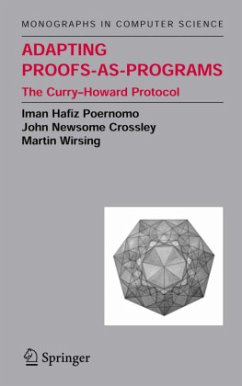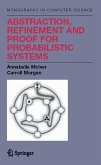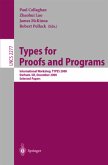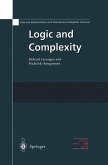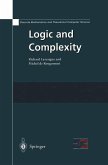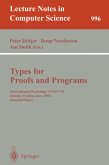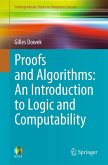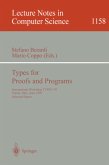This book ?nds new things to do with an old idea. The proofs-as-programs paradigm constitutes a set of approaches to developing programs from proofs in constructive logic. It has been over thirty years since the paradigm was ?rst conceived. At that time, there was a belief that proofs-as-programs had the - tential for practical application to semi-automated software development. I- tial applications were mostly concerned with ?ne-grain, mathematical program synthesis. For various reasons, research interest in the area eventually tended toward more theoretic issues of constructive logic and type theory. However, in recent years, the situation has become more balanced, and there is increasingly active research in applying constructive techniques to industrial-scale, complex software engineering problems. Thismonographdetailsseveralimportantadvancesinthisdirectionofpr- tical proofs-as-programs. One of the central themes of the book is a general, abstract framework for developing newsystems of program synthesis by adapting proofs-as-programs to new contexts. Framework-oriented approaches that facilitate analogous - proaches to building systems for solving particular problems have been popular and successful. Thesemethodsarehelpful asthey providea formal toolbox that enablesa"roll-your-own"approachtodevelopingsolutions.Itishopedthatour framework will have a similar impact. The framework is demonstrated by example. We will give two novel - plications of proofs-as-programs to large-scale, coarse-grain software engine- ing problems: contractual imperative program synthesis and structured p- gram synthesis. These applications constitute an exemplary justi?cation of the framework. Also, in and of themselves, these approaches to synthesis should be interesting forresearchers working in the target problem domains.
From the reviews: "This monograph serves the dual purpose of providing a state-of-the-art overview of the field and detailing tools and techniques to stimulate further research. It can serve as material for graduate students in computer science or mathematics, the proofs-as-programs research community and the computational logic, formal methods and software engineering communities." (Doina Tatar, Zentralblatt MATH, Vol. 1095 (21), 2006)

